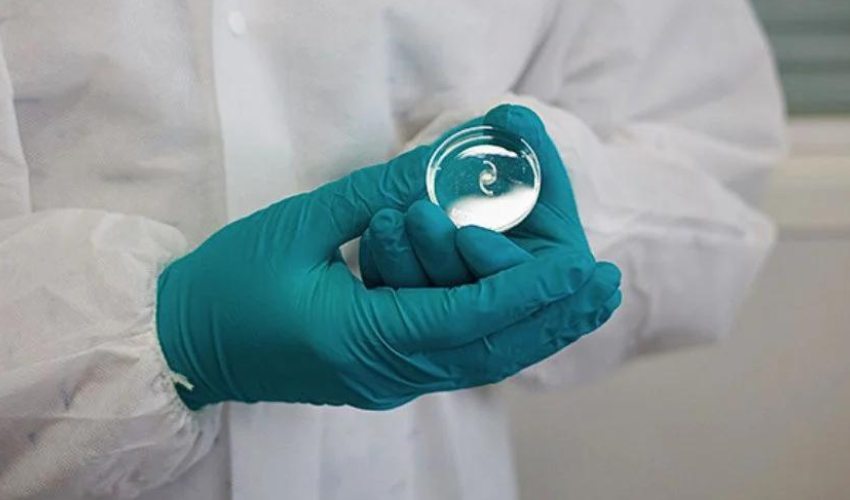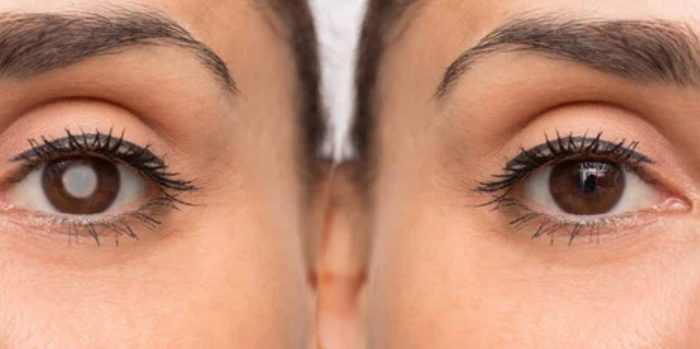3D Printing Revolutionizes Cataract Surgery with Customized Lenses

Cataracts are one of the most common reasons for surgical interventions, making advancements in surgical methods and materials crucial. Researchers at the University of East Anglia have made a significant breakthrough in ocular device technology by developing a new type of resin for 3D printing. This research, supported by the Innovation Development Fund, Proof-of-Concept grants, the Human Research Trust, and the Engineering and Physical Sciences Research Council (EPSRC), has the potential to greatly enhance the manufacture of eye implants used in cataract and refractive surgery. These implants can also correct myopia (short-sightedness), hyperopia (long-sightedness), and presbyopia. The artificial intraocular lens (IOL) developed is primarily intended for patients suffering from cataracts, a condition where the natural lens of the eye gradually becomes cloudy.
Various materials can be used to manufacture these lenses, such as glass and silicone. However, acrylic materials, which have undergone significant further development, are now predominantly used. Hydrophilic and hydrophobic acrylics are used because they offer optical clarity, high flexibility, and stability, which contributes to safety in the eye, and biocompatibility, which means that the 3D printed lenses can be easily implanted in the human capsular bag. Dr. Aram Saeed, Professor of Healthcare Technologies at UEA’s School of Pharmacy, explained, “For the first time, we have developed a resin that can be used to print ocular devices directly.”

The 3D Printed lenses are manufactured using turning and molding techniques, as these enable the production of optically high-quality products. However, the exact printing process is not known. Saeed emphasized, “Our work combines material science with healthcare technology and requires extensive know-how in developing these types of ocular devices.” In addition, the lenses offer many advantages over conventional methods, as they can be customized and thus adapted to the patient’s eye shape and visual needs. In the future, the combination of 3D printing and imaging technology can help to create lenses that adapt perfectly to the eyes and, therefore, cause fewer complications.
The Benefits of 3D Printed Lenses for Cataract Patients
Complex designs are also possible, creating intricate lens shapes and providing better treatments. Furthermore, production costs for high-quality lenses are reduced, making them affordable for more cataract patients. Michael Wormstone, Professor in the School of Biological Sciences at UEA, explained, “If successful in further developments, this new technology could transform the industry by enabling portable manufacturing solutions, especially beneficial in remote and economically disadvantaged areas.” Thanks to 3D printing, the lenses can be produced more quickly, resulting in a reduction in the time from diagnosis to surgery. The research effort was recognized with a US patent assigned to UEA Enterprise Limited, a business unit of the university. This unit specializes in promoting innovation and commercializing research.
Future research will be carried out to make the process work more accurately on a larger scale and increase print resolution to improve dimensional accuracy. “As we continue to publish our findings and share our advancements, we aim to be at the forefront of the industry, working with industrial partners and researchers worldwide to refine and enhance the technology,” Saeed stated. The researchers hope to conduct clinical trials in the next few years.
Saeed and Wormstone have partnered with the Norwich Ophthalmology Department and Norfolk University Hospital (NNUH), gaining valuable clinical insights from this collaboration. Leading consultant ophthalmologist at NNUH, Mr Anas Injarie, with over 20 years of experience, emphasized the importance of this partnership in advancing ocular research and improving patient outcomes. “This innovation has the potential to enable the production of lenses that match patient specifications in design and optical performance.” To learn more about this project, click here.
What do you think of 3D printed lenses for cataract treatment? Let us know in a comment below or on our LinkedIn, Facebook, and Twitter pages! Don’t forget to sign up for our free weekly newsletter here for the latest 3D printing news straight to your inbox! You can also find all our videos on our YouTube channel.
*Cover Photo Credits: University of East Anglia






